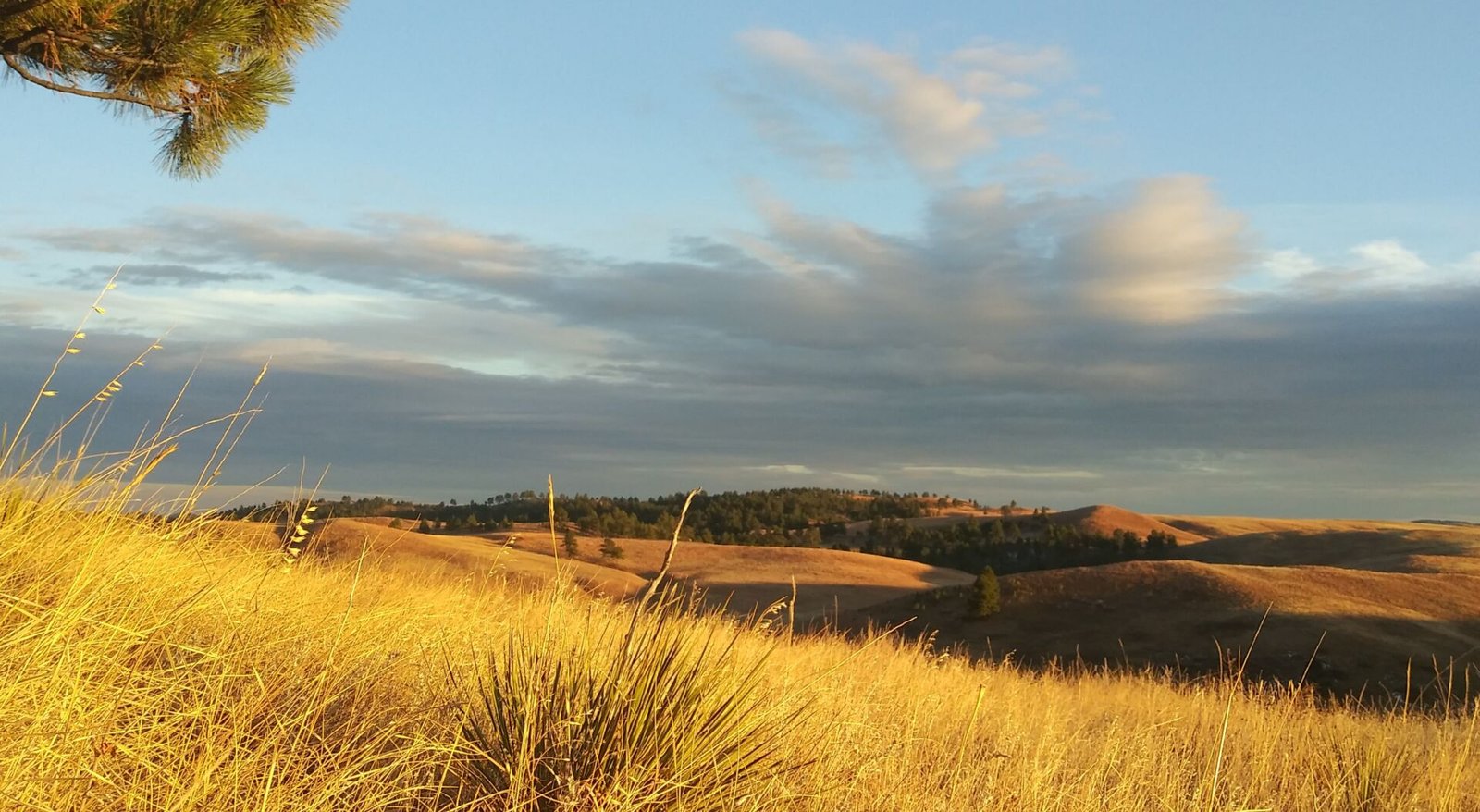Imagine vast landscapes carpeted with wildflowers, teeming with bison, and buzzing with unique insects. These aren’t scenes from a nature documentary – they’re prairies, North America’s hidden treasures. But prairies are more than just beautiful; they are vital ecosystems that affect our water, food, and even the air we breathe. Prairies aren’t just pretty landscapes. They protect your drinking water, fight climate change, and are bursting with life. Explore the surprising importance of prairies and why we need them.
⫸ Introduction to the Prairies
Prairies are often called “seas of grass,” but these vast ecosystems are far more complex than they seem. Let’s delve into what defines a prairie, the different types, and where these important landscapes exist.
What is a prairie?
A prairie is a type of grassland ecosystem characterized by flat or rolling hills, moderate rainfall, and grasses as the dominant vegetation. Trees are generally sparse, except for those found along rivers or in sheltered valleys. Prairies boast rich soils and support diverse plant and animal communities.
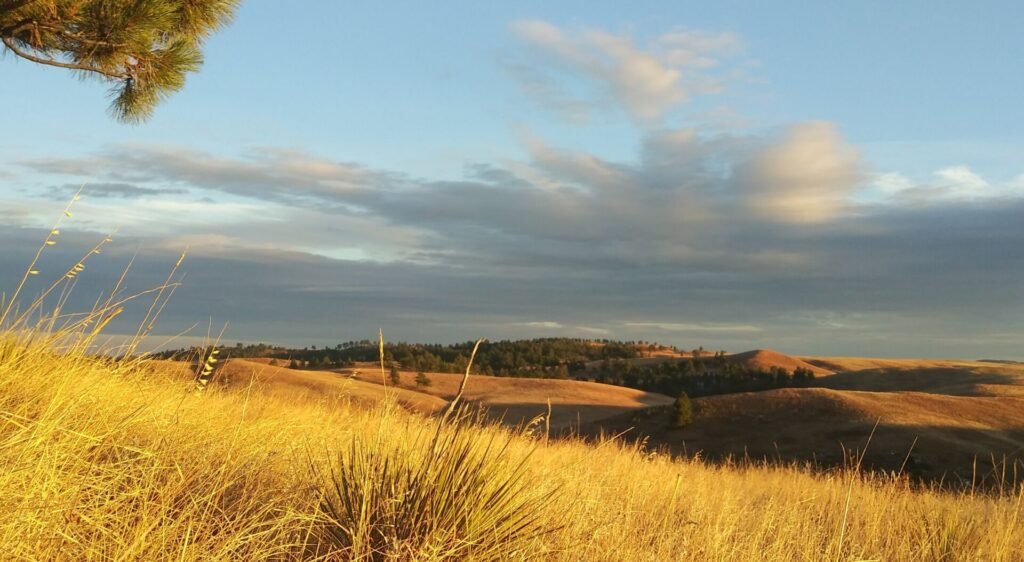
Types of prairies
Prairies are classified based on the height of the dominant grasses:
- Tallgrass Prairies: Receive ample rainfall, supporting grasses reaching up to 10 feet tall. Species like big bluestem and Indian grass thrive here.
- Shortgrass Prairies: Found in drier regions, these prairies are dominated by shorter grasses like buffalo grass and blue grama.
- Mixed-grass Prairies: A transitional zone with a blend of tallgrass and shortgrass species, reflecting varying amounts of precipitation.
Where are prairies found?
Prairies are primarily found in the central regions of North America, forming the Great Plains. They also exist in smaller pockets across other continents, including the pampas of South America and the steppes of Eurasia. Historically, prairies covered vast areas, but much has been converted to other land uses.
⫸ The Ecological Importance of Prairies
Prairies are powerhouses of biodiversity and play crucial roles in maintaining a healthy planet. From the tiniest insects to iconic bison, prairies provide essential resources and services that extend far beyond their borders.
Biodiversity hotspots
Prairies teem with life, supporting a dazzling array of specialized plants and animals. They are critical habitats for birds like meadowlarks and bobolinks and provide vital resources for countless insects. These ecosystems also shelter threatened species like the swift fox and greater prairie chicken.
Unique prairie plants
Prairie plants are incredibly resilient, with deep root systems adapted to the cycles of drought and fire. Blazing stars, their vibrant purple spikes attracting pollinators, and coneflowers, with their distinctive seed heads, are characteristic prairie wildflowers. Grasses like big bluestem and switchgrass form the backbone of the ecosystem.
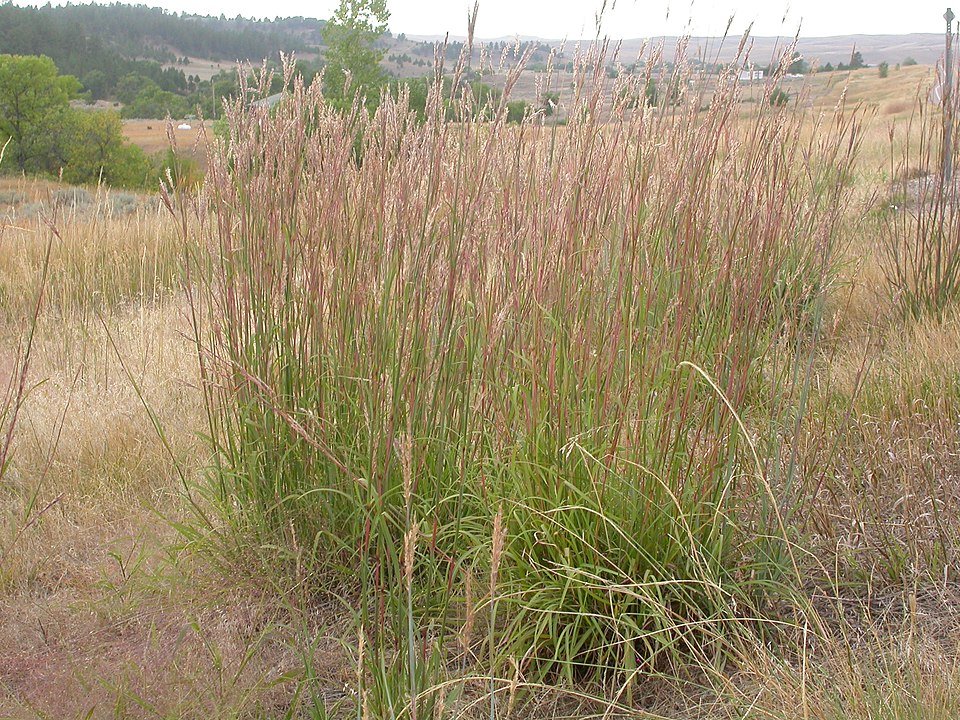
Prairie wildlife (bison, prairie dogs, pollinators)
Bison, the iconic grazers of the prairie, were once essential to maintaining its health. Prairie dogs create complex underground burrow systems that provide shelter for many other species. The importance of prairies for pollinators cannot be overstated; bees, butterflies, and other insects sustain plant diversity and broader agricultural systems.
Soil health and carbon storage
Prairies’ deep-rooted plants create rich, fertile soil. These soils hold vast amounts of carbon, helping to mitigate climate change. Prairie soils are also incredibly effective sponges, reducing erosion and improving agricultural productivity.
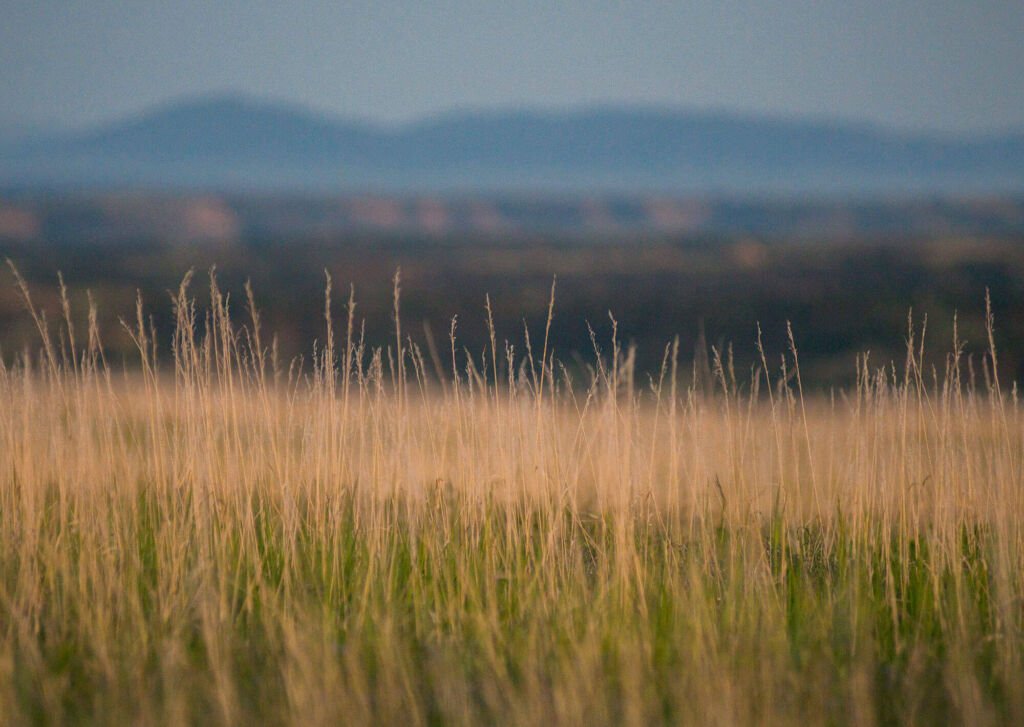
Water filtration and flood control
Prairie grasses and their root systems act as natural filters, purifying water as it percolates into underground aquifers. They also slow down runoff, reducing the severity of floods and protecting downstream communities.
⫸ Prairies and Human Well-being
The importance of prairies extends far beyond ecology. For centuries, humans have benefited from the rich resources and vibrant landscapes that prairies offer. Let’s explore this connection.
Historical uses of prairies
Prairies provided essential sustenance and materials for many cultures. They were a source of food, medicine, and materials for tools and shelter. Bison, hunted sustainably, were a cornerstone of life for many Plains tribes. The deep, fertile soils of converted prairies later became known as the ‘breadbasket of North America.’
Indigenous peoples and prairie stewardship
Numerous Indigenous nations, including the Sioux, Blackfoot, Cheyenne, Comanche, and many others, called the prairie landscapes home for millennia. Their lives were deeply entwined with the rhythms of the prairie ecosystem. They understood the intricate relationships between plants, animals, fire, and weather. Practices like controlled burning helped renew grasslands, preventing wildfires and attracting bison herds.
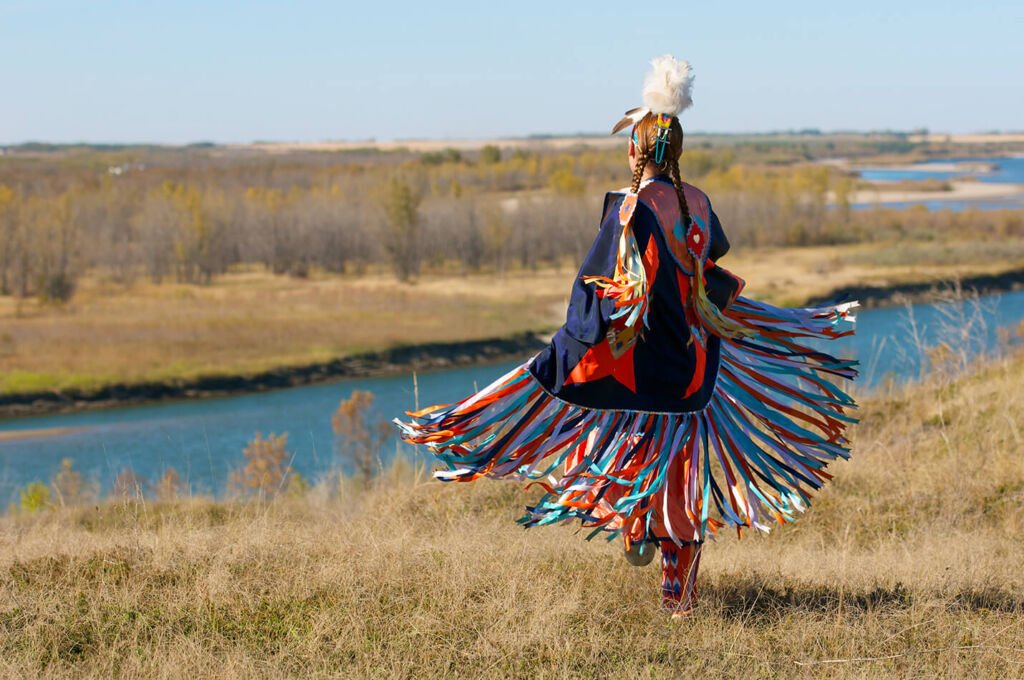
Indigenous knowledge systems emphasize balance and sustainability. They hunted bison strategically, using all parts of the animal and maintaining healthy populations. They also carefully harvested plants for food and medicine, ensuring their continued growth. This deep understanding of the land fostered a relationship of reciprocity, benefiting both the prairie and the people who depended on its bounty.
The importance of prairies in Indigenous cultures extends beyond the physical; prairies hold spiritual significance and are central to stories, ceremonies, and identity. Sadly, displacement disrupted this stewardship, impacting both prairie health and Indigenous communities.
Agriculture and grazing on prairies
Modern agriculture relies heavily on the fertile soils once formed under prairies. Responsible grazing practices can mimic the beneficial effects of historic bison herds, improving soil health and grassland productivity. However, unsustainable agricultural methods can damage fragile prairie ecosystems.
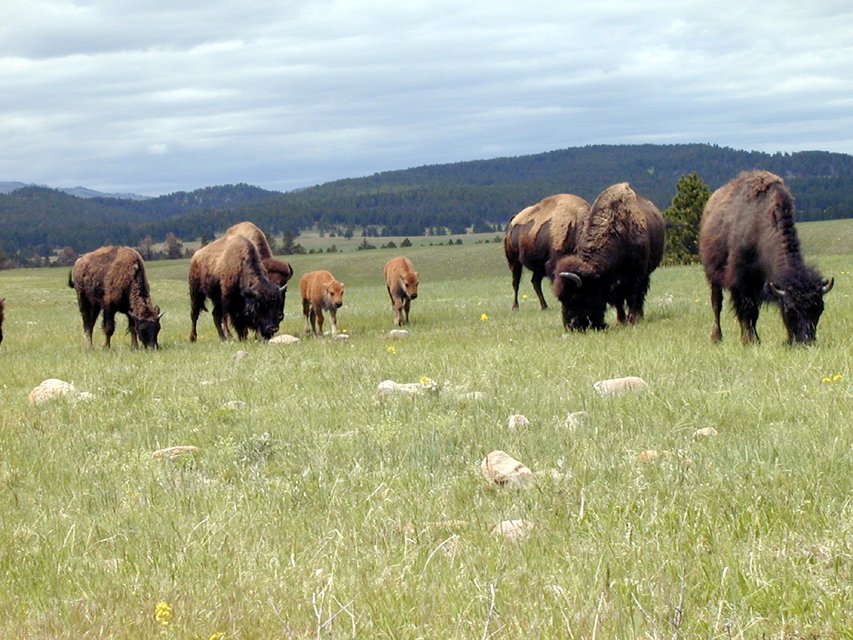
Recreation and ecotourism in prairie landscapes
The beauty and unique wildlife of prairies draw visitors from around the world. Hiking, birdwatching, and experiencing the vastness of these landscapes offer recreational and spiritual benefits. Ecotourism can provide economic opportunities for local communities while raising awareness about the importance of prairies.
⫸ Threats to Prairies
Despite their incredible resilience, prairies are under increasing pressure from human activities. Sadly, these threats jeopardize the many benefits prairies provide, putting both ecological and human well-being at risk.
Land Conversion (agriculture, development)
The leading threat is the conversion of prairies to cropland and urban areas. Plowing up native prairie destroys the complex root systems and disrupts delicate soil structure. Expanding cities and infrastructure fragment remaining prairie habitats, making it harder for wildlife to thrive.
Invasive Species
Non-native plants and animals can outcompete native prairie species, reducing biodiversity and disrupting ecosystem processes. Invasive plants like leafy spurge or cheatgrass can spread rapidly, degrading the land’s ability to support wildlife and livestock.
Climate Change Impacts (drought, altered fire regimes)
Climate change is a growing threat to prairies. Increasingly severe droughts stress prairie plants and wildlife. Changes in precipitation patterns also disrupt historical fire cycles. Historically, fires were essential to maintaining prairie health, but altered fire patterns can be detrimental.
⫸ Restoring and Protecting Prairies
The good news is it’s not too late to protect these vital landscapes. Through restoration, conservation, and changed practices, we can revitalize prairies and secure their benefits for the future. Here’s how:
Prairie restoration efforts
Dedicated organizations and individuals are actively restoring prairies. This involves planting native grasses and wildflowers, reintroducing species like bison, and managing invasive plants. Restorations can be large-scale or focused on smaller plots of land.
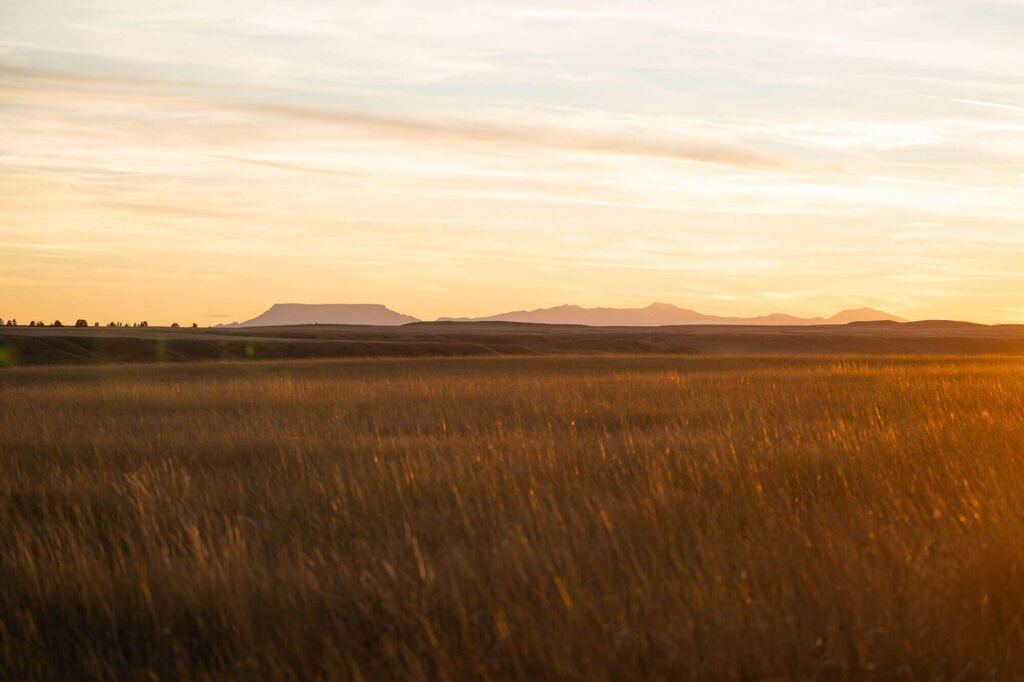
Sustainable land management practices
Farmers and ranchers can implement practices that support prairie health. Rotational grazing, reduced tillage, and planting cover crops help protect soil and mimic natural disturbances. Restoring wetlands on agricultural lands benefits both prairies and water quality.
The role of individuals in prairie conservation
You can make a difference! Support organizations working to protect prairies, volunteer in restoration efforts, or plant native species in your own yard. Choose sustainably raised products and reduce your overall consumption to lessen the impact on these important landscapes.
⫸ Conclusion
The importance of prairies cannot be overstated. From their rich biodiversity and soil-building power to their deep cultural significance, prairies benefit both the planet and its people. Understanding the importance of prairies is the first step toward protecting these precious landscapes. Let’s work together to restore prairies, support sustainable practices, and ensure these vital ecosystems thrive for generations to come.

